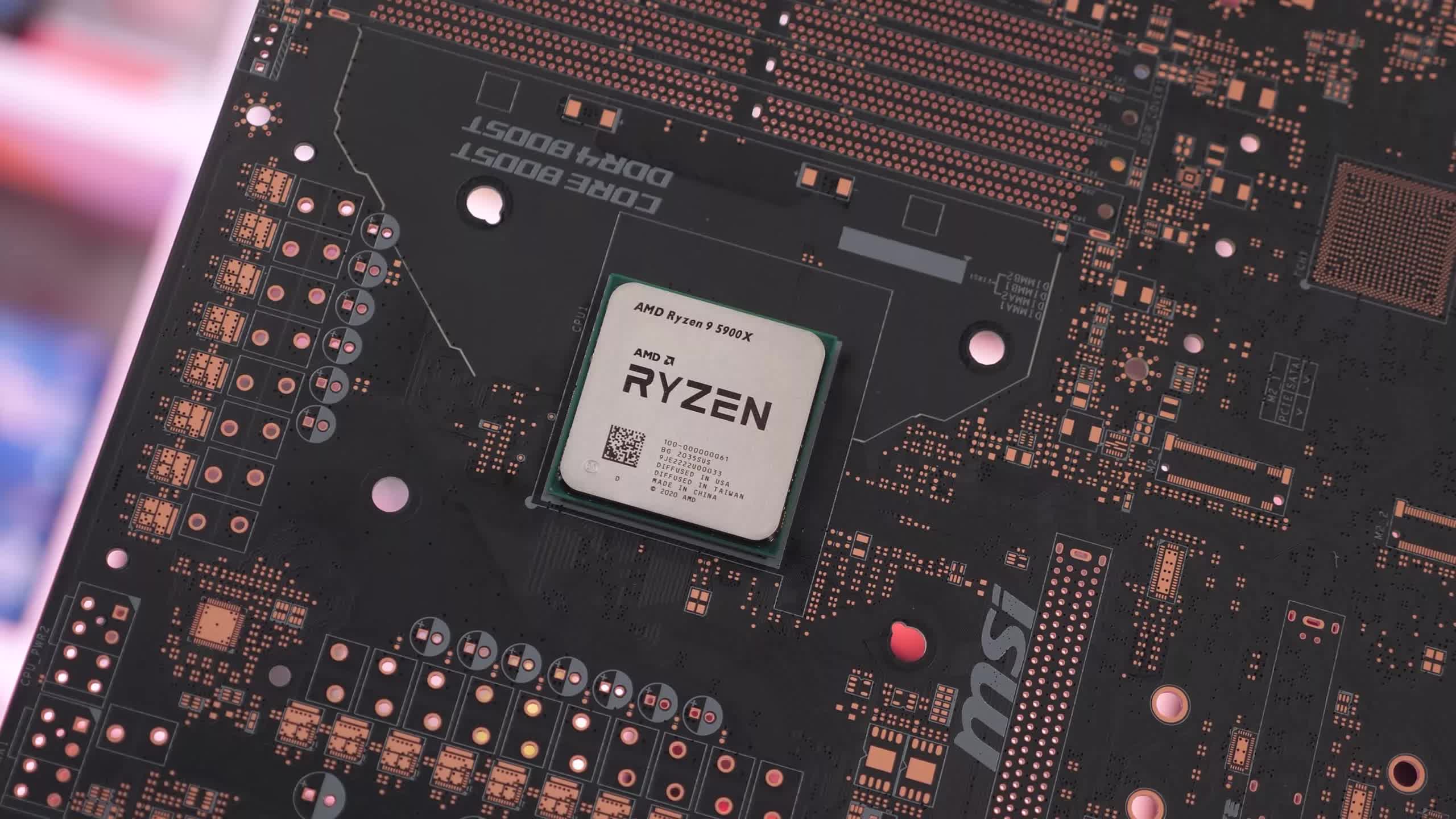In brief: AMD's Ryzen 5000 family wouldn't be complete without the launch of a few APUs for system builders, but the company has yet to make an official reveal. The leaks so far show these chips might be a good option for people who don't need a graphics card or as a stop-gap solution in case they simply can't find or afford the one in their wishlist.

After revealing the much-anticipated Ryzen 5000 series of desktop and laptop processors, AMD's next step is likely to unleash some Zen 3 APUs. These often come as lower-cost CPU alternatives with integrated graphics for system builders, OEMs, and people on a budget. At present they might even soothe some low-spec gamers' hearts during an ongoing GPU drought that will likely extend into next year.
Earlier this week, one pre-built PC merchant started offering a new line of "No GPU" gaming systems for people that happen to have a graphics card but wish to upgrade the rest of their system. But some people looking to build their first gaming PC have had little luck finding a good entry-level graphics card, and Nvidia's efforts to release stocks of older models have done little in the grand scheme of things. And since AIB partners like Asus, EVGA, and Zotac have made their cards more expensive, integrated graphics could be a good option for people who are casual gamers.

The Ryzen 5000 APUs leaked a few months back, revealing the specifications and benchmark results of the Ryzen 7 5700G. In short, it uses a Cezanne chip with 8 cores and 16 threads, 16 MB of L3 cache, and should only be a tad slower than the Ryzen 5800X while also drawing less power. However, there are two other APUs on the way: the Ryzen 5 5600G and the Ryzen 3 5300G, and now we have a more complete picture on what to expect from them, thanks to Twitter leaker momomo_us.
All three APUs are rated for a 65 W TDP, and will feature the same core counts as their Ryzen 4000 predecessors, while also benefiting from higher clocks along with the IPC improvements afforded by the Zen 3 architecture. This means that even the entry-level Ryzen 3 5300G with its 4 cores, 8 threads, and 8 MB of L3 cache should allow for some 1080p gaming at low settings.
If we are to believe an enterprising eBay seller that tested and sold some engineering samples of the new Ryzen 5000 APUs, the Ryzen 3 5300G should be able to play games like Battlefield 4 and Battlefield V without melting under a standard Wraith Prism cooler. The CPU has a base clock of 4 GHz and a boost clock of 4.2 GHz, and the Vega 8 iGPU could also sport higher clocks than it did with the Ryzen 3 4300G.
The Ryzen 5 5600G is a 6-core, 12-thread part with 16 MB of L3 cache, which is double the amount found in the Ryzen 5 4600G. This APU has a base clock of 3.9 GHz and a maximum boost clock of 4.4 GHz, while the 8-core 5700G has a base clock of 3.8 GHz and can boost up to 4.6 GHz. These also use Vega 8 graphics, possibly working at slightly higher clocks than the Ryzen 4000 counterpart, so we don't expect any significant performance differences.
We don't know when or if the Ryzen 5000G APUs will be made available to the general public, but it probably won't be long before system builders integrate them into their base PC configurations.
https://www.techspot.com/news/89165-new-leak-reveals-upcoming-ryzen-5000g-apu-specifications.html